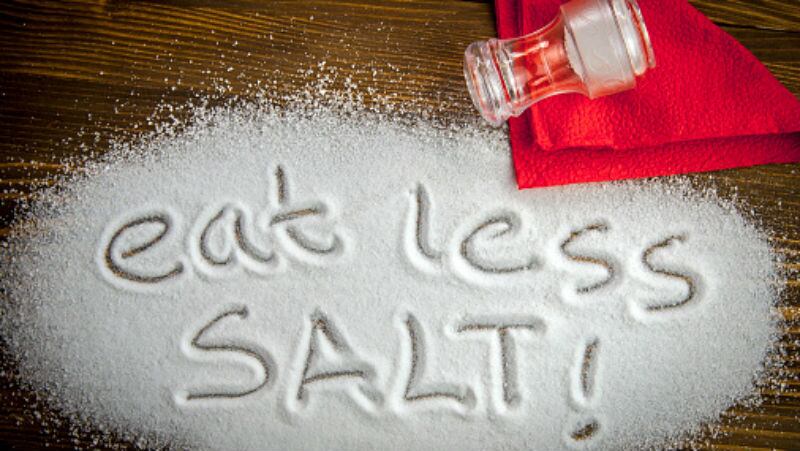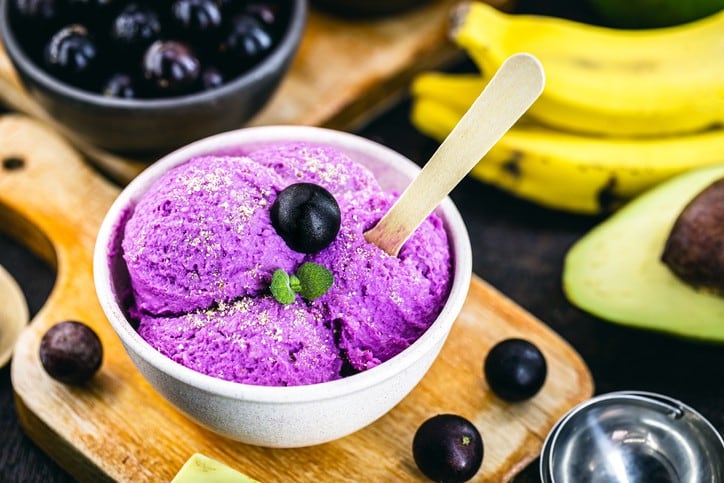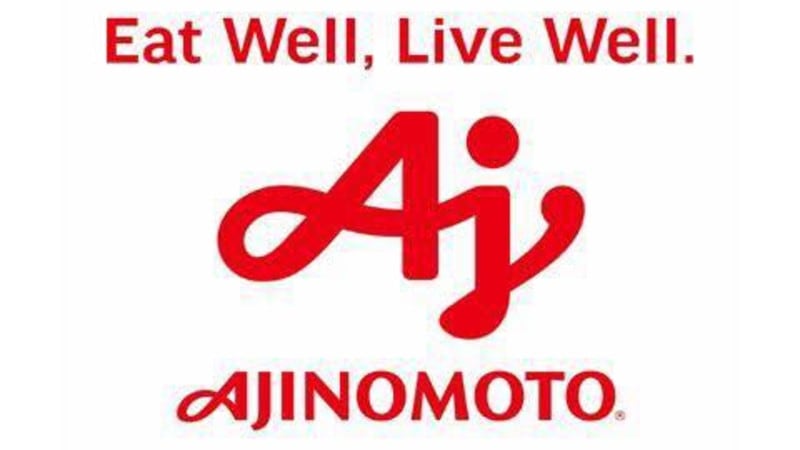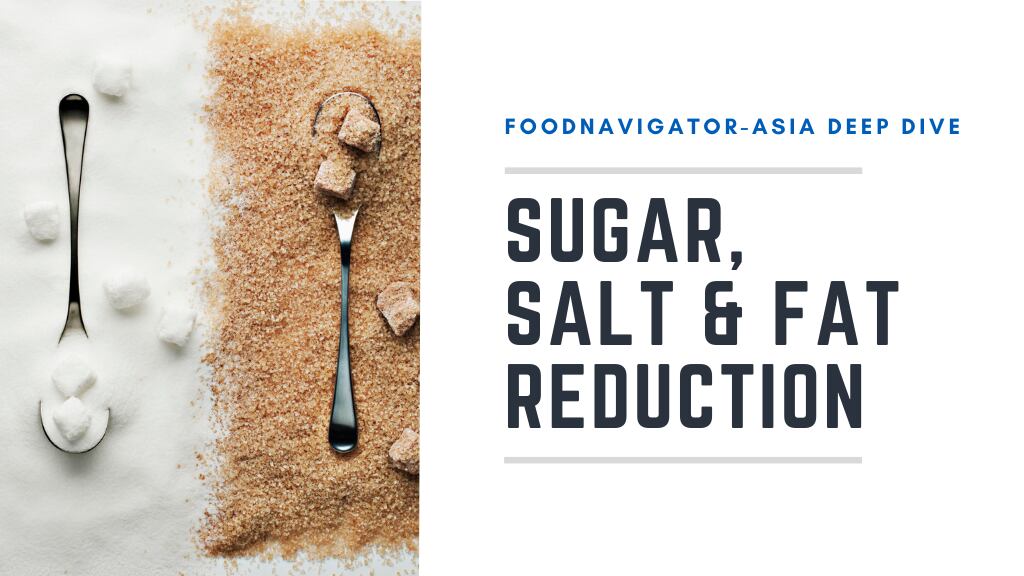In October 2021, the South Korean government announced stricter standards for food manufacturers looking to label products as reduced/lower in sodium or sugar, and these standards officially have come into enforcement starting with ramen/instant noodles.
According to the new standards, instant noodle manufacturers may only label their products with terms such as less, reduced, or light if the product contains a reduction of at least 10% of the ‘average value’ of products in the instant noodle category.
These ‘average values’ were recently announced by the Ministry of Food and Drug Safety (MFDS) and have been set to differ according to the serving and broth format of the different noodles.
“Instant noodles will be categorised according to whether these are sold in cup or bag format, and whether these have soup/broth [condiments] included or not,” the ministry said via a formal statement.
“For noodles sold in cups, the average sodium content for those that have soup/broth is 1,524mg and those without is 1,031mg. For noodles sold in bag format, the average sodium content for those with soup/broth is 1,695mg and those without is 1,240mg.”
Calculating from these values, instant noodle manufacturers looking to label their products as reduced sodium or salt will need to reduce sodium content to no more than 1,372mg for soupy cup noodles, 928mg for non-soupy cup noodles, 1,525mg for soupy and 1,116mg for non-soupy noodles sold as plastic packets.
For comparison, the regular version of popular local instant noodle brand Shin Ramyun contains 1,790mg of sodium per 120g serving in a bag and 1,840mg per 120g serving in a cup – so the firm would have quite some reformulation to do if it wanted to attach a reduced sodium label to its products.
“Food firms are also able to use reduced/less/light labels if the noodles have a 25% reduction in sodium compared to other similar products within its own portfolio [but] this is limited to cases whereby the sodium content of [their noodles category as a whole] is less than the average value,” said MFDS.
“Instant noodles and their sodium content are the first product to be focused on for these new regulations [due to these being the most-consumed food in the nation] but the scope for the standards will be continuously expanded to other food and beverage products including soups and stews.
“[Based on our research] 10% is a level that can meet consumer taste demands (without adding any substitutes) and gain acceptance, whilst yielding reduction results. Reducing the sodium level too quickly, say a jump by more than 15% to 20%, may affect consumer preference and lead to rejection due to blandness in product taste.”
Continuous quest for sodium reduction
Setting specific standards for sodium reduction is only South Korea’s latest move in a decades-long quest to reduce overall population sodium consumption for public health.
Back in 2012, the country implemented a National Plan to Reduce Sodium Intake aiming to reduce population sodium consumption by 20% to 3,900mg per day by 2020. This appears to have had some impact, with MFDS, academic and international researchers studying its impact back in 2020 stating that: “Causal associations between the sodium reduction programme and reduced sodium intake cannot be made, [but] the declines occurred with the introduction of the programme.”
As of 2021, MFDS data shows that the average sodium consumption in South Korea stands at about 3,289mg, a sharp decrease from around 4,831mg back in 2010 when some 12% of deaths from cardiovascular disease were attributed to excess sodium intake.
The government’s work is still ongoing though, as World Health Organisation recommended sodium intake values are less than 2,000mg per day. South Korea wants to reduce its average from the current 3,289mg to 3,000mg per day by 2025.





